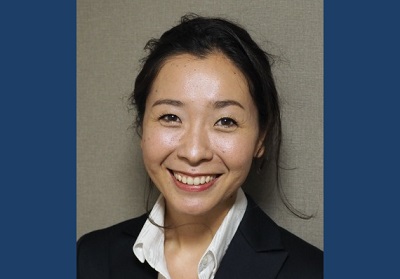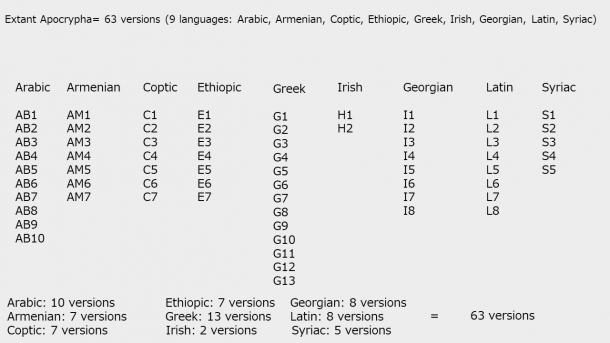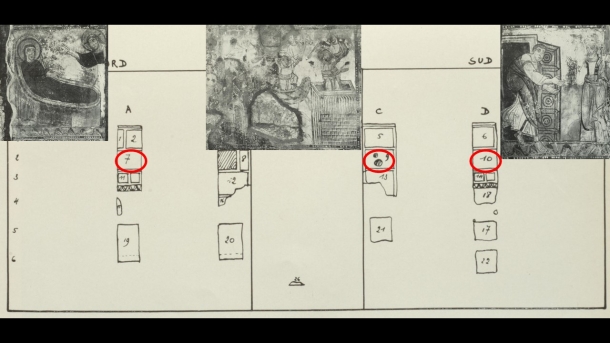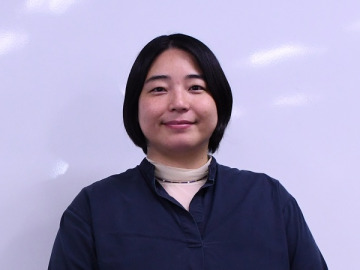
KUWABARA Natsuko, Assistant Professor
Research on the cycle of the Dormition that depicts the last days of the Virgin Mary, Mother of God
My area of academic study is Western art history and I am conducting research on the cycle of the Dormition, which are wall paintings depicting the last days of the Virgin Mary, Mother of God. The cycle of the Dormition refers to a series of episodes on the glory of the Virgin Mary’s last days on earth, her death, and her elevation to Heaven.
In actuality, there are no writings in the Bible on the last days of the Virgin Mary. However, with Mary’s recognition as the Mother of God by the Christian Council of Ephesus in 431, stories on her last days known as apocrypha (Figure 1) began to be compiled in various regions. Based on these stories, murals and altarpieces were created, and came to adorn churches in the Mediterranean.
Nonetheless, prevailing views on how the Virgin Mary died and whether both her body and soul were elevated to Heaven differed by era and region, and each has been accepted as religious truth. For example, the Roman Church believes in the Assumption of Mary’s body and soul, but the Byzantine cultural sphere in the same Mediterranean believes that only her soul ascended into Heaven. This binary opposition has generally been accepted (Figure 2).
In the Mediterranean where the cycle of the Dormition adorned churches from the 9th to late 15th centuries, several apocrypha were passed down in each era and each region. Therefore, I systematically analyzed a series of examples to see how apocrypha was reflected in the formation of the cycle of the Dormition iconography. I discovered an example indicating that the aforementioned binary opposition might not always have become established, and further researched the corresponding relationship between apocrypha and paintings.

Fig 1. I classified apocrypha on the last days of the Virgin Mary by language and assigned a classification number using alphanumeric characters. There are 63 versions in 9 languages, including Greek, Latin, Coptic, etc.

Figure 2. On the left, a Roman Church painting of the Virgin Mary shows the Assumption of her body and soul. On the right, a painting from the Byzantine cultural sphere shows only her soul being elevated to Heaven.
Research on the oldest extant wall painting of the cycle of the Dormition
The oldest wall painting of the cycle of the Dormition still exists in the Church of Santa Maria di Secundicerio, located in Rome, Italy. The church stands in a former settlement for Greeks who escaped the Iconoclasm that occurred within the Byzantine Empire (726–843) and found their way to the Roman Church. The second mural shows three scenes associated with the Virgin Mary’s death. In other words, it is the cycle of the Dormition. In addition, the first mural illustrates Mary’s childhood, the third the story of St. Basil, and the fourth the story of Mary in Egypt (Figure 3).

Figure 3. The mural layout in the Church of Santa Maria di Secundicerio. The three scenes associated with the cycle of the Dormition are drawn in the area of the second mural that is circled.
From the left, the cycle of the Dormition in the second mural illustrates the Annunciation of Death of the Virgin (hereafter, Annunciation of Death), the Apostles summoned to Mary’s home (hereafter, Summons), and Apostle John inviting Peter and the other apostles to Mary’s home (hereafter, Arrival of the Apostles). Based on previous research, it is thought that G1 (Greek) or L4 (Latin) were the sources for the Annunciation of Death and Arrival of the Apostles.
The possibility exists that the Assumption of Mary’s body and soul was also depicted in the Byzantine cultural sphere
Thus far, my research on the cycle of the Dormition has mainly concentrated on the Italian peninsula, but going forward I will broaden the scope to the Mediterranean and explore the corresponding relationship between apocrypha and their representations. I base my research on an approach of traveling to sites and analyzing works with my own eyes. When I see the actual objects, I often gain an impression that differs from looking at materials such as photos and can truly understand a variety of aspects including size, techniques used, the era a work was drawn, and where an object can be viewed from in a church, as well as the relationship with other wall paintings drawn at the same time. I intend to steadily continue my research by staying faithful to that approach.
Coverage/Constitution: AIMONO Keiko
Cooperation: Graduate School of Political Science, Waseda University, J-School










